Name Michael Wolf | Role Artist | |
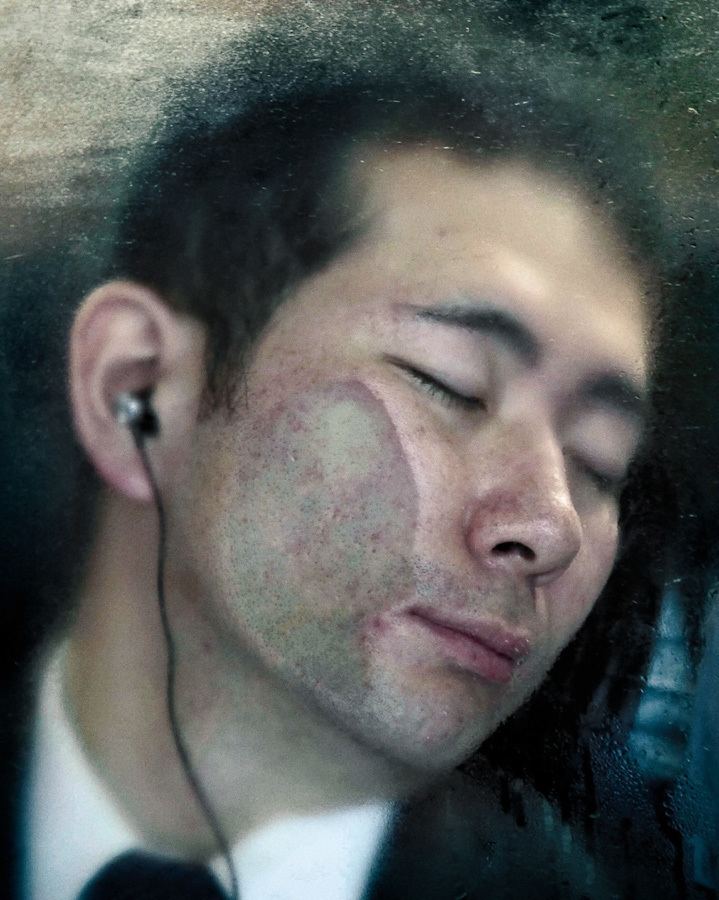 | ||
Education University of Duisburg-Essen, North Toronto Collegiate Institute, University of California, Berkeley Books The transparent city, Real Fake Art, Hong Kong Flora, Hong Kong Informal Seating A, FY | ||
Lecture by michael wolf
Michael Wolf (born 1954 in Munich) is a German artist and photographer lives and works in Hong Kong and Paris. His work focuses on the life in big cities.
Contents
- Lecture by michael wolf
- Photographer spotlight michael wolf
- Biography
- Bastard Chairs Sitting in China
- The Real Toy Story
- Architecture of Density
- 100x100
- Copy Art Real Fake Art
- Transparent City
- Tokyo Compression
- Series using Google Street View
- Selected exhibitions
- Selected collections
- Selected books
- Award
- References
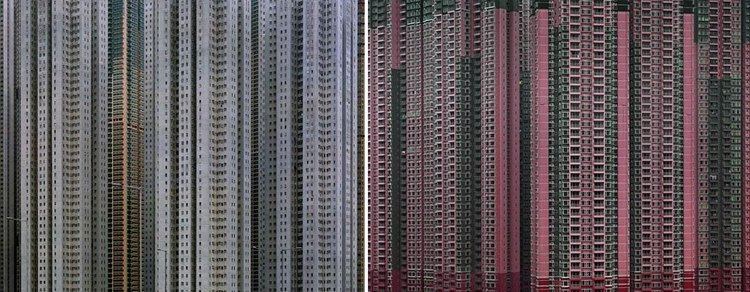
Wolf won first prize in the Contemporary Issues category of the 2004 World Press Photo competition for his photographs of workers in several types of factories for an article in Stern.
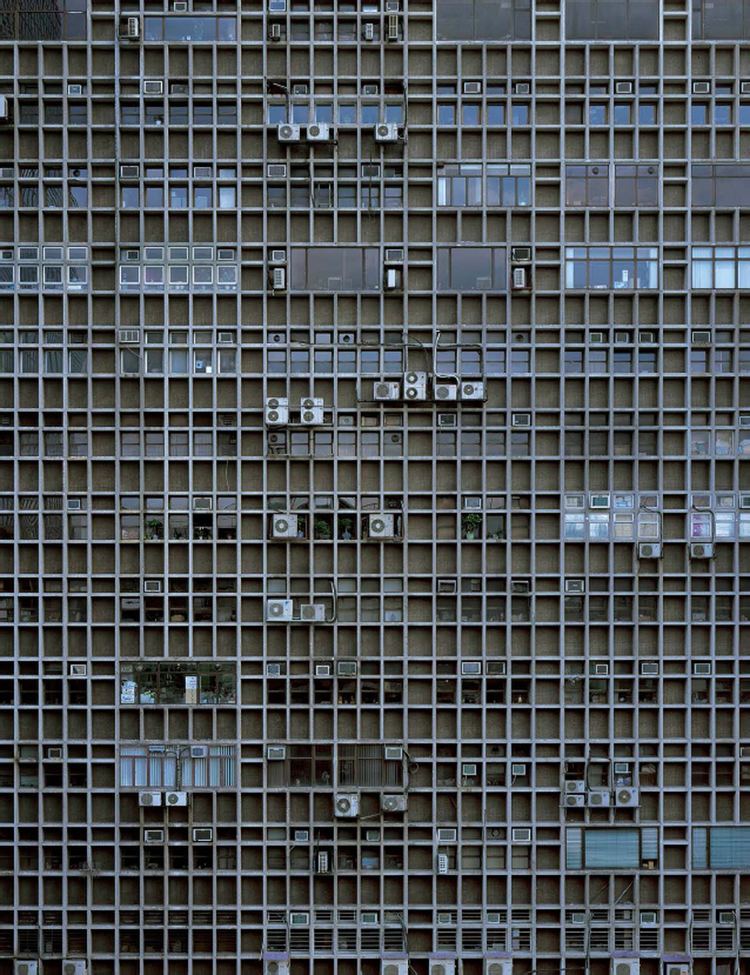
Photographer spotlight michael wolf
Biography
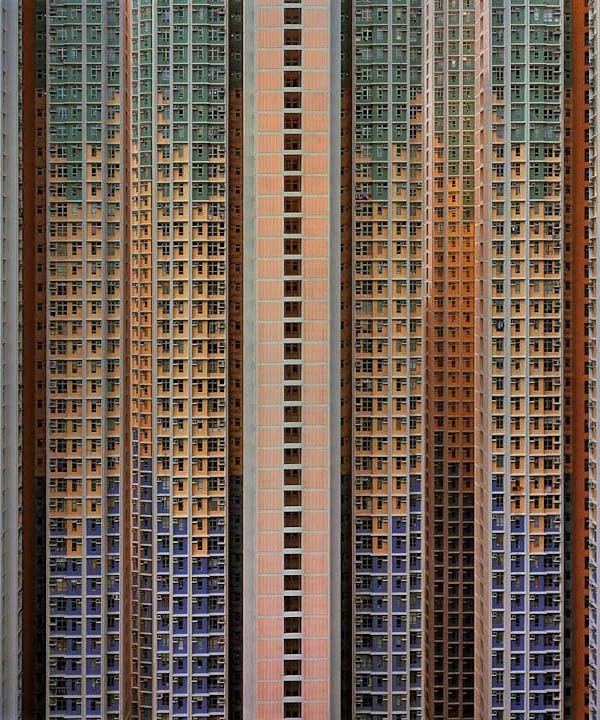
Wolf was born in Germany and was raised in the United States, Europe, and Canada. He attended the North Toronto Collegiate Institute and the University of California, Berkeley. In 1976 he obtained a degree in visual communication at the University of Essen, Germany, where he studied with Otto Steinert.
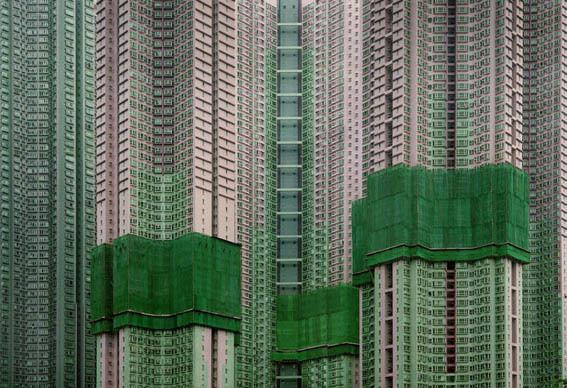
Wolf began his career in 1994 as a photojournalist, spending eight years working in Hong Kong for the German magazine Stern.
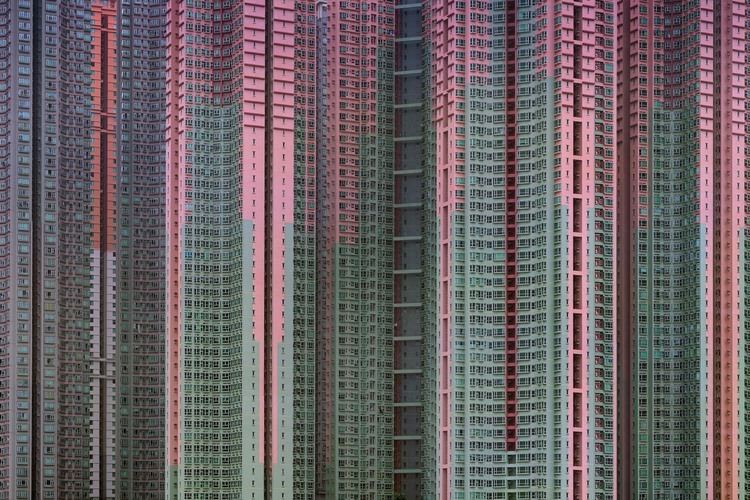
Wolf states that a decline in the magazine industry led to photojournalism assignments becoming "stupid and boring." In 2003 he decided to work only on fine-art photography projects.
Bastard Chairs / Sitting in China

He began non-editorial photography with a series entitled Bastard Chairs, small chairs that Chinese people would repair repeatedly using whatever materials were available. Wolf reports that the police detained him twice during the photographing of the series for "doing something which was harmful to the Chinese state." Photographs from the series were published in a 2002 book entitled Sitting in China. Although Wolf called the bastard chairs a "great symbol of the Chinese people's thriftiness and resourcefulness," and the book received positive reviews in the West, some Chinese people felt that the photographs made China appear "backward."
The Real Toy Story
In follow-up to the China: Factory of the World series, Wolf created an installation entitled The Real Toy Story. It consisted of 20,000 toys made in China and purchased in California attached with magnets to the walls of the gallery, along with photographs of workers making the toys.
Architecture of Density
In this series, Wolf photographed of Hong Kong's tall buildings in a way that depicted them as "abstractions, never-ending repetitions of architectural patterns." The photographs excluded the sky and the ground, thereby emphasizing the vertical lines of the buildings. The images have been compared with those of Andreas Gursky and Candida Höfer.
The first book containing images from the series, Hong Kong: Front Door/ Back Door, was published in 2005. One review noted the book's "representation of an overpopulated city emptied of its human presence" and praised "the visual intelligence of Wolf's photographs." The Outside volume of Wolf's two-volume 2009 book Hong Kong Inside Outside contained a more extensive selection of photographs from this series.
100x100
In 2006, Wolf took photographs of residents in their rooms in a building in Hong Kong's oldest public housing complex, the Shek Kip Mei Estate, that was going to be demolished. He used a wide-angle lens to show as much of the interiors of the rooms as possible. Each room was approximately 100 square feet (9.3 m2) in size, and he displayed photographs of 100 rooms, leading to the name "100x100." In an interview, Wolf likened the series to a scientific project, "an investigation into the use of limited space." The Inside volume of Wolf's two-volume book Hong Kong Inside Outside of 2009 contained the complete photographs from this series.
Copy Art / Real Fake Art
Between 2005 and 2007, Wolf photographed painters in Shenzhen, China, who reproduced famous works of art such as Sunflowers by Vincent van Gogh. Each portrait consisted of a "copy artist" along with an example of a copied work. The settings were described as "dirty alleyways and street corners." One reviewer wrote that the pictures "document intimate cultural and economic facets of globalization even as they record and complicate critical dilemmas about authenticity and the non-economic values of art." The series was collected in his book Real Fake Art published in 2011.
Transparent City
A series shot in downtown Chicago beginning in 2006 that "combine[d] impersonal cityscapes shot primarily at dusk or at night with details of the buildings’ inhabitants" became the basis for the 2008 book Transparent City. The photographs were taken from rooftops at dusk with a long lens. As in the Architecture of Density series, the exterior photographs excluded the horizon and the sky, leaving the windows of the buildings as the main subjects. In one interview, Wolf said that he came upon the idea of showing close-ups of people in the windows after he noticed a man giving him the finger in a photograph. In another interview, Wolf cited the artistic work of Edward Hopper as an inspiration for the series because of its voyeuristic nature and its inclusion of architectural details.
In an interview, Wolf said that shooting in Chicago convinced him to switch from film to digital. "For most of my first major series Architecture of Density, I shot with a 4x5 film camera," he said. "But when it came to shooting Chicago—which is a very windy city—the slightest gust of wind would vibrate the tripod, and I suspected many of my photographs would be ruined." Shooting digital allowed him to review the days' images, and guaranteed the precision Wolf wanted. "There’s nothing accidental in my photos," he added in the same interview.
Articles about the book connected the photographs to the film Rear Window by Alfred Hitchcock. One reviewer described the book as "frightening," causing a feeling of "remoteness." The series was controversial because some people felt that the cropped and enlarged photographs of people in the buildings constituted an invasion of privacy. In 2010, the series was shortlisted for the Prix Pictet.
Tokyo Compression
In the 2010 book Tokyo Compression, Wolf presented portraits of Japanese people inside crowded Tokyo subway trains who had been pressed against a window. The commuters' expressions were characterized in one review as "traumatised" and "woeful." Wolf stated that some people closed their eyes or hid their faces with their hands upon realizing that they were being photographed.
One reviewer concluded that Wolf's Architecture of Density, Transparent City, and Tokyo Compression series represented a progression from long shot to close-up. Wolf won a first prize in Daily Life in the 2009 World Press Photo competition for his Tokyo Compression work. Martin Parr selected the 2010 book as one of the 30 most influential photobooks published between 2001 and 2010.
Tokyo Compression was part of Metropolis, City Life in the Urban Age, the 2011 Noorderlicht Photofestival. One of Wolf's pictures was used for the poster, the cover of the catalogue and all media material of the exhibition.
Series using Google Street View
In several series, such as Paris Street View, Manhattan Street View, and A Series of Unfortunate Events, Wolf took photographs of Google Street View scenes on his computer screen. Wolf compared his method of finding interesting scenes online to those of a street photographer walking around in a city. He has called his Street View series "a statement about art."
The Street View photographs were characterized by pixelation and image noise which were compared with techniques used by Roy Lichtenstein and Andy Warhol in their art. The work led to discussion of how the automatically-taken Google Street View images affected the "decisive moment" concept of Henri Cartier-Bresson; nevertheless, the photographs were said to contain "some mystery" in that they were "hard to interpret." Some of Wolf's photographs resemble recognized classics of photography such as Le baiser de l'hôtel de ville (The Kiss) by Robert Doisneau.
Wolf won an honorable mention in Daily Life in the 2011 World Press Photo competition for his A Series of Unfortunate Events work. The award was controversial because some people were of the opinion that the appropriation of Google Street View screens did not constitute photojournalism.
Selected exhibitions
Among the exhibitions of Wolf's work, notable ones include:
